What Is Brain Signal Variability?
Your brain is never truly “still.” Even at rest, electrical activity is constantly shifting rising, falling, and adapting in response to both inner states and the outside world. Scientists call this Brain Signal Variability (BSV).
In simple terms, BSV reflects how flexible your brain is from one moment to the next.
-
High Variability = Flexibility. The brain can quickly adapt to changing demands, leading to sharper cognition, emotional balance, and resilience under stress.
-
Low Variability = Rigidity. Neural activity becomes repetitive and predictable, which is associated with conditions like depression, anxiety, and cognitive decline.
Research shows that BSV naturally declines with age, and it also tends to be reduced in disorders that involve rigid thought patterns, such as obsessive-compulsive disorder, PTSD, or chronic stress. On the other hand, people with higher variability often display better socioemotional traits, like empathy, creativity, and adaptability.
Why Variability Matters
To understand why variability is so important, imagine the brain as a jazz band.
If every musician played the exact same note on repeat, the music would be monotonous, predictable, and lifeless. But when there’s a balance of rhythm, improvisation, and flow, the sound becomes rich, flexible, and alive.
The same applies to the brain:
-
Too little variability = rigidity, like music stuck in a loop.
-
Too much random noise = chaos, like musicians playing out of sync.
-
Healthy variability = balance, where neural networks adjust fluidly to whatever life demands.
This balance allows you to switch gears gracefully from problem-solving to resting, from stress to calm, from focus to creativity.
What Disrupts Brain Signal Variability?
Several factors can narrow or reduce neural flexibility:
-
Chronic Stress: Over time, stress biases brain activity toward repetitive survival patterns, reducing adaptability.
-
Sleep Disruption: Poor or inconsistent sleep impairs the natural rhythms that support healthy variability.
-
Aging: Studies show that as we age, neural signals become more rigid, reducing cognitive agility.
-
Neurological & Psychological Conditions: Depression, PTSD, and dementia all feature lower BSV, which may explain why these conditions often feel like being “stuck” in unchanging patterns of thought and emotion.
When variability is low, life feels repetitive. The brain struggles to pivot, leaving us prone to worry, mental fatigue, or emotional flatness.
Light, Sound, and Restoring Healthy Variability
So, how can we nudge the brain back into healthier variability? One emerging approach is audio-visual stimulation (AVS) structured patterns of light and sound designed to engage brain networks.
-
Rhythmic Pulses: Regular flashes of light or sound tones can interrupt repetitive loops, helping the brain break out of rigidity.
-
Combined Inputs: When light and sound are delivered together, the brain receives a coherent sensory stream that encourages dynamic flexibility.
-
Neurochemical Links: Early research suggests that variability correlates with neurotransmitter systems like GABA, which are linked to calm, balance, and emotional regulation.
Rather than forcing the brain into a particular state, audio-visual entrainment for insomnia provides new options, acting as a natural light and sound sleep aid to restore flexibility and balance.
Practical Benefits of Higher Variability
Supporting brain signal variability isn’t just a lab concept it has real-life implications for wellbeing, from corporate stress management and burnout prevention technology to insurer wellness programs designed to reduce long-term costs.
1. Mental Resilience
When neural activity is flexible, you’re better equipped to deal with uncertainty and stress. Instead of getting stuck in “fight or flight,” the brain can shift into recovery and problem-solving more quickly.
2. Aging Well
As variability naturally declines with age, practices that support it may help preserve mental sharpness, learning ability, and adaptability. Some researchers even suggest that maintaining variability could be a biomarker for healthy ageing.
3. Emotional Balance
Low variability is often linked to repetitive, negative thought cycles. By promoting healthier patterns, AVS may help the brain re-establish balanced emotional states, reducing rumination and improving mood.
neuroVIZR and BSV
This is the scientific principle behind neuroVIZR. Each session provides carefully structured light and sound stimulation designed to gently enhance neural variability.
-
Not a medical treatment: neuroVIZR is not intended to diagnose or cure conditions. Instead, it is an evidence-informed wellness tool.
-
Science-inspired design: Its approach draws on frameworks like Brain Signal Variability and Predictive Coding two of the most advanced neuroscience models for understanding brain flexibility.
-
Accessible application: By turning complex neuroscience into daily experiences, neuroVIZR helps users explore new states of balance, clarity, and resilience.
Think of it as a way to practice flexibility for the brain, much like yoga or exercise promotes flexibility in the body.
The Bigger Picture: Why “Neural Noise” Is a Good Thing
We often think of “noise” as something bad distractions, chaos, interference. But in neuroscience, the right kind of noise is what makes the brain resilient.
-
Too little noise = stuck patterns.
-
Too much noise = disorganisation.
-
Balanced noise = adaptability.
In fact, many of the qualities we associate with thriving creativity, learning, emotional recovery are signs of a brain with healthy variability. This means that what looks like “messiness” in brain signals is actually a marker of fitness.
Key Takeaway
A healthy brain is a variable brain. By restoring the right kind of “neural noise,” light and sound tools like neuroVIZR may help people stay flexible, focused, and resilient.
When your brain can shift gears with ease, life feels less rigid and more alive. That’s the promise of supporting Brain Signal Variability not as a medical intervention, but as a practical, science-informed path toward wellbeing.
Disclaimer: neuroVIZR is a wellness device created to promote relaxation, focus, and overall brain wellness. It is not a medical device, does not provide diagnoses, and is not intended to treat, cure, or prevent any medical condition. The device is not suitable for individuals with epilepsy. Experiences and results may vary from person to person.

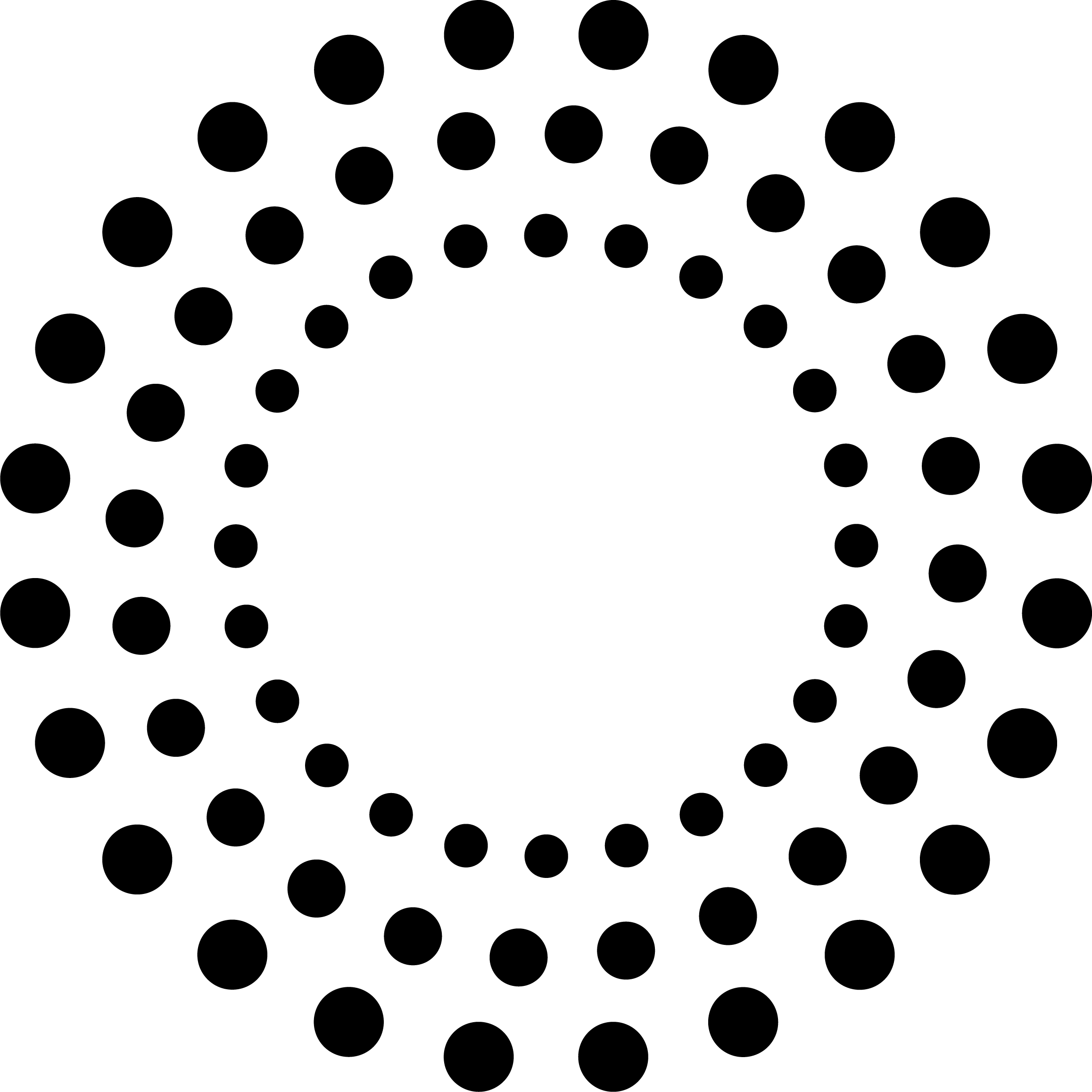

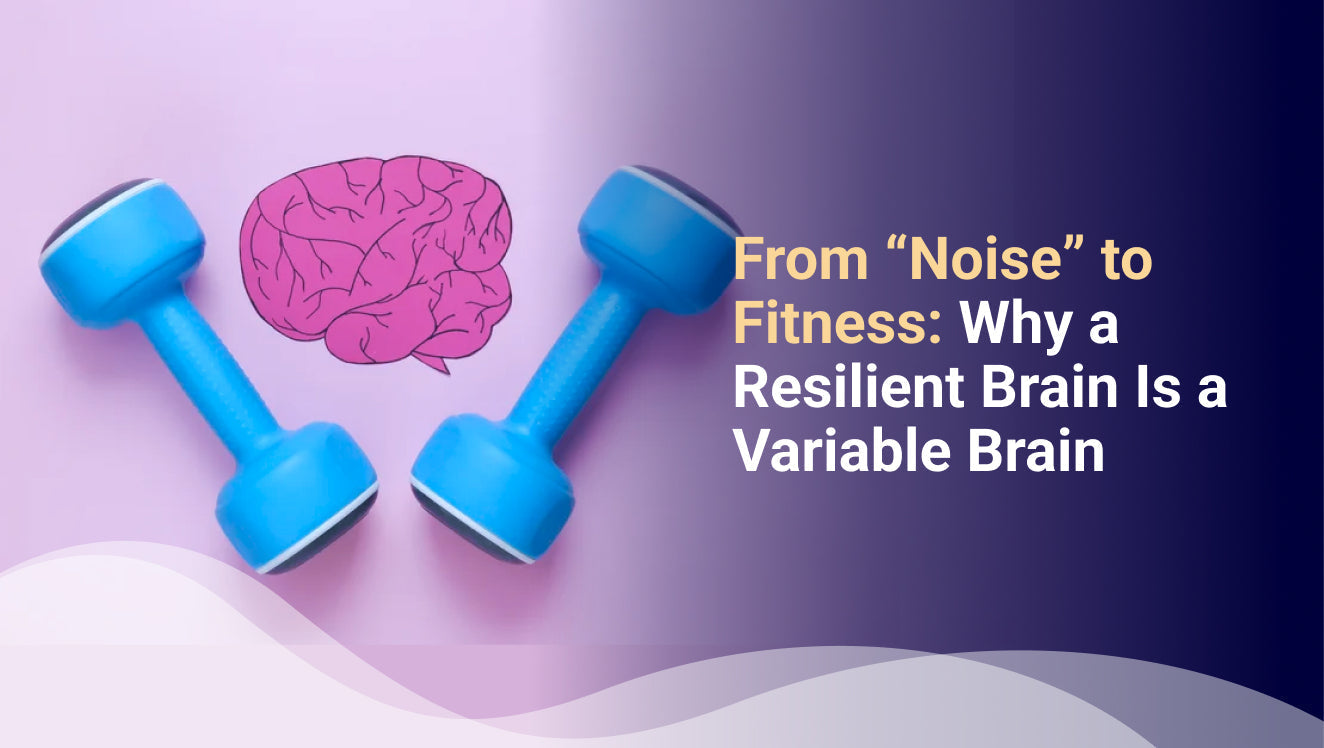

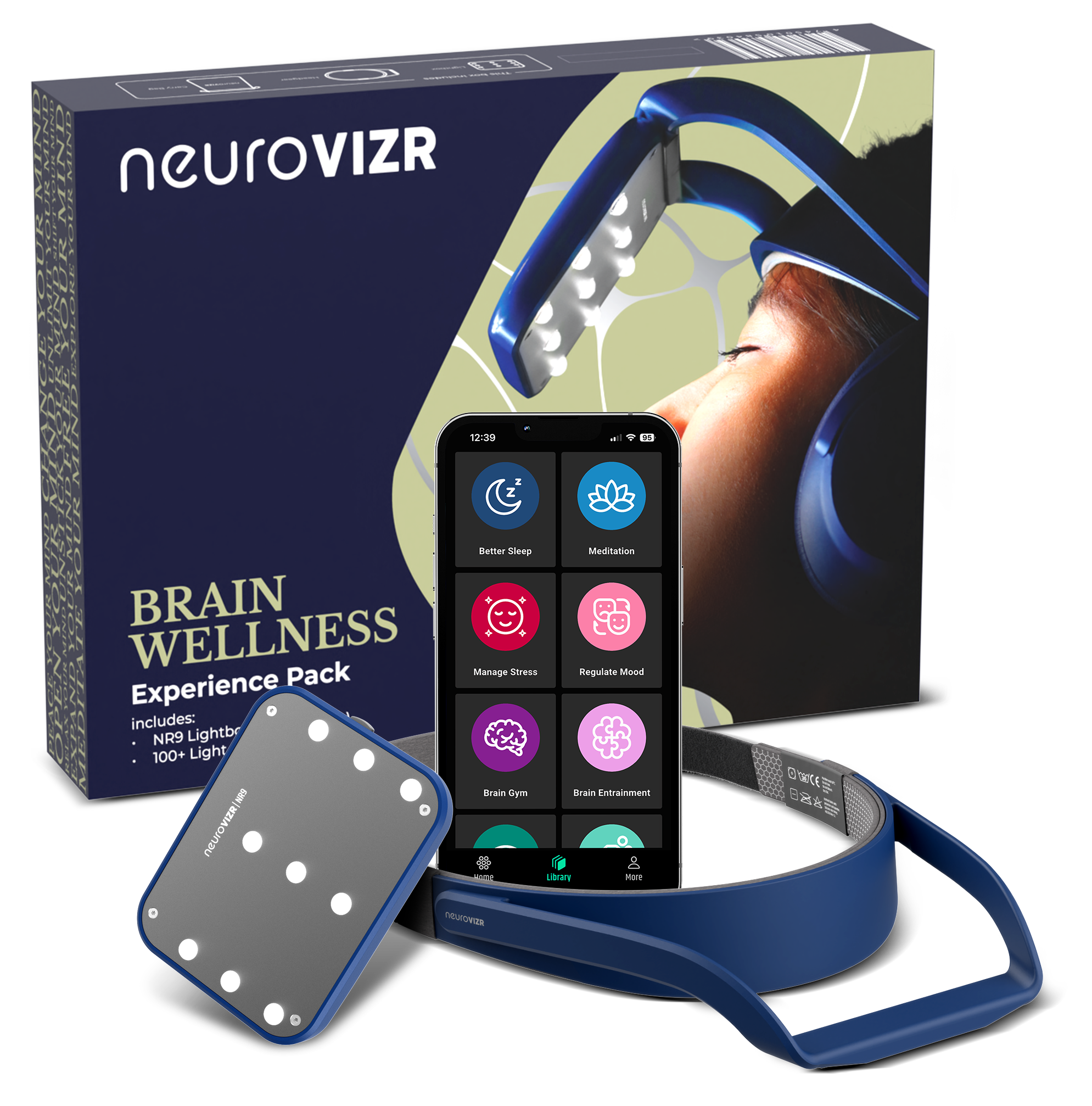

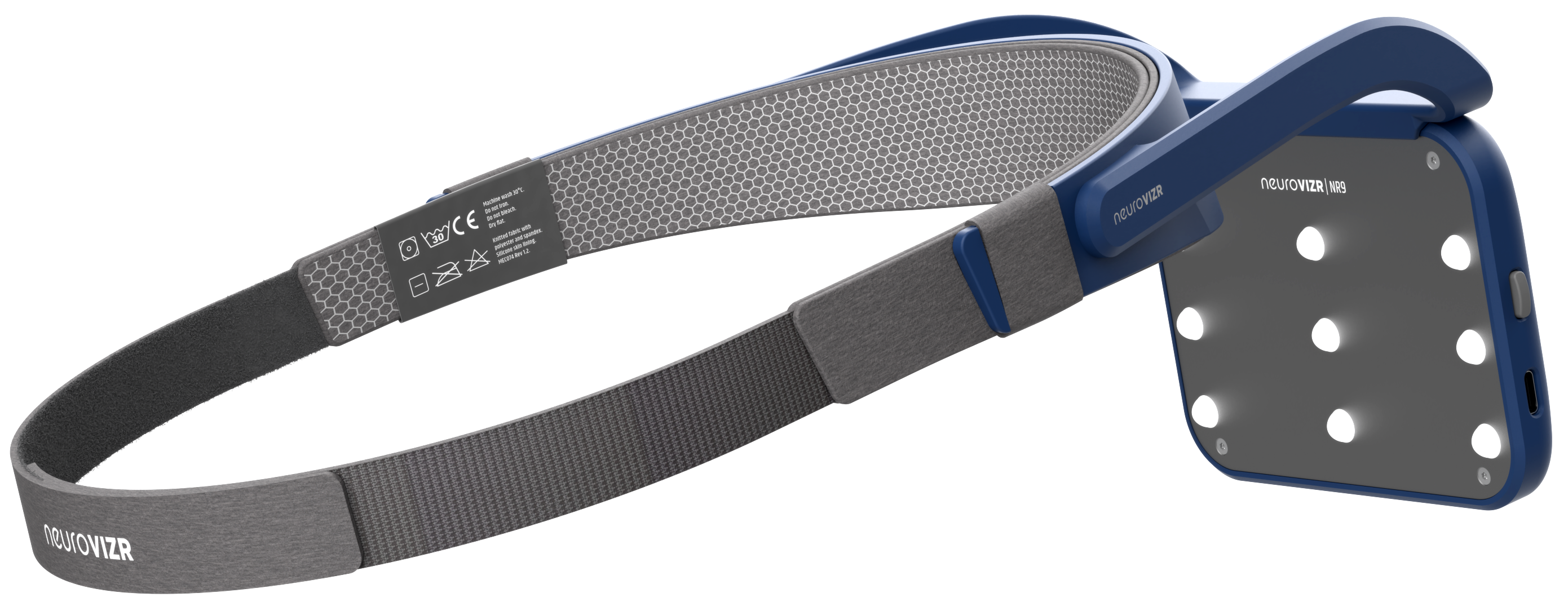
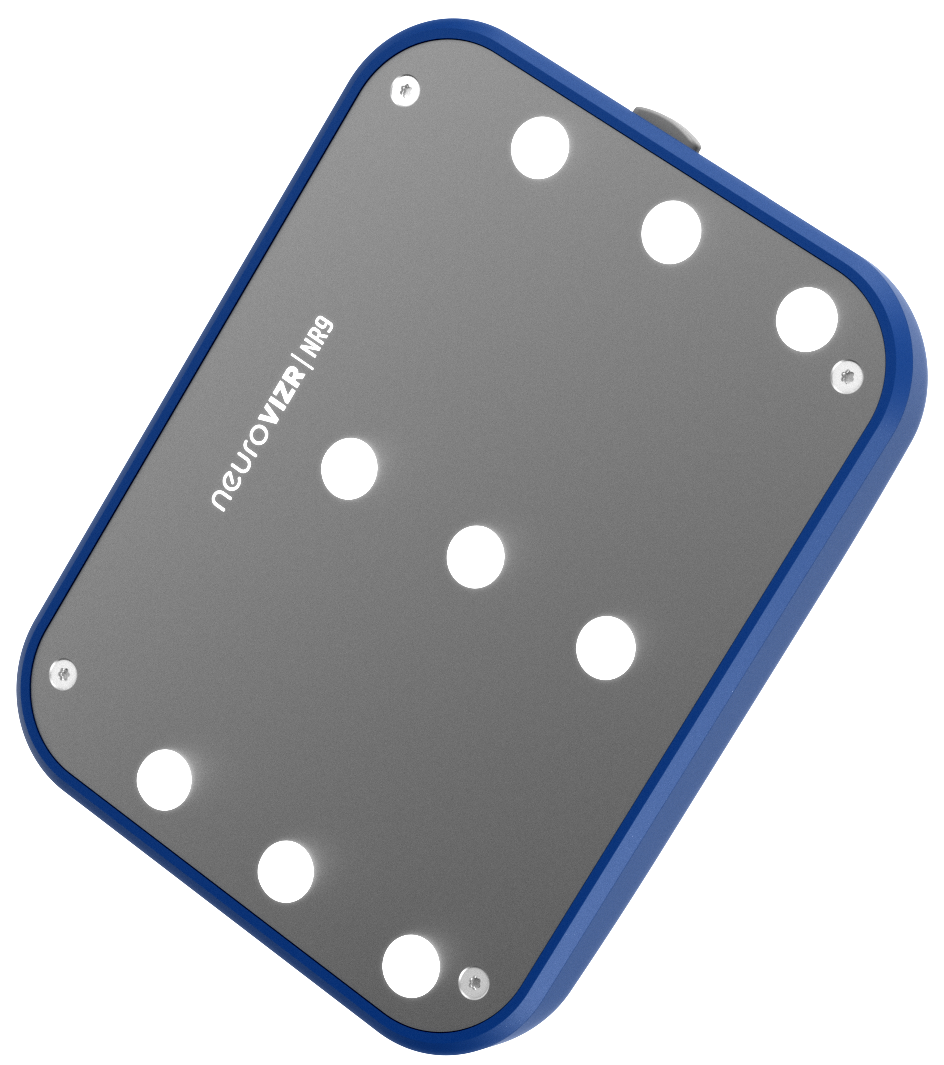
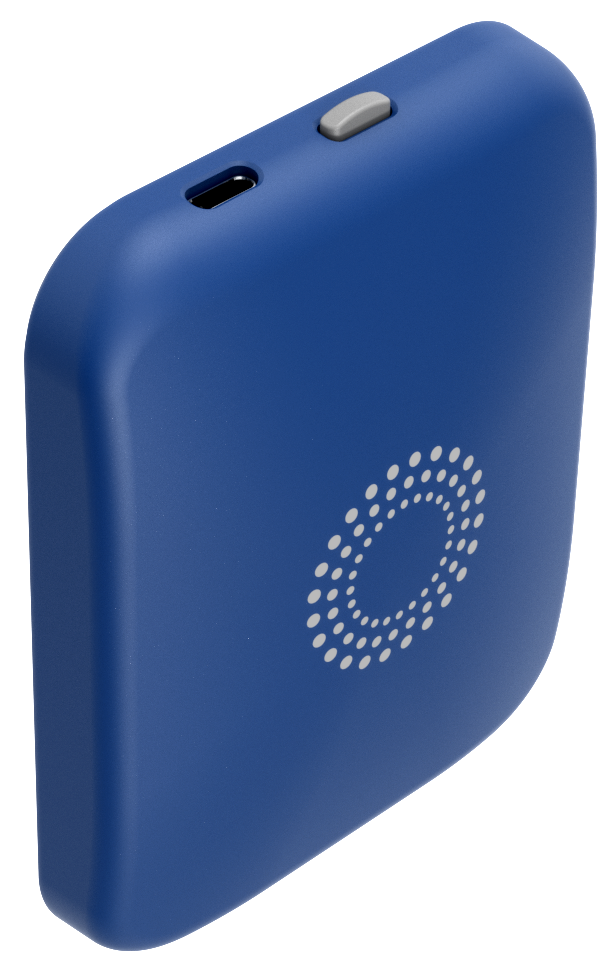
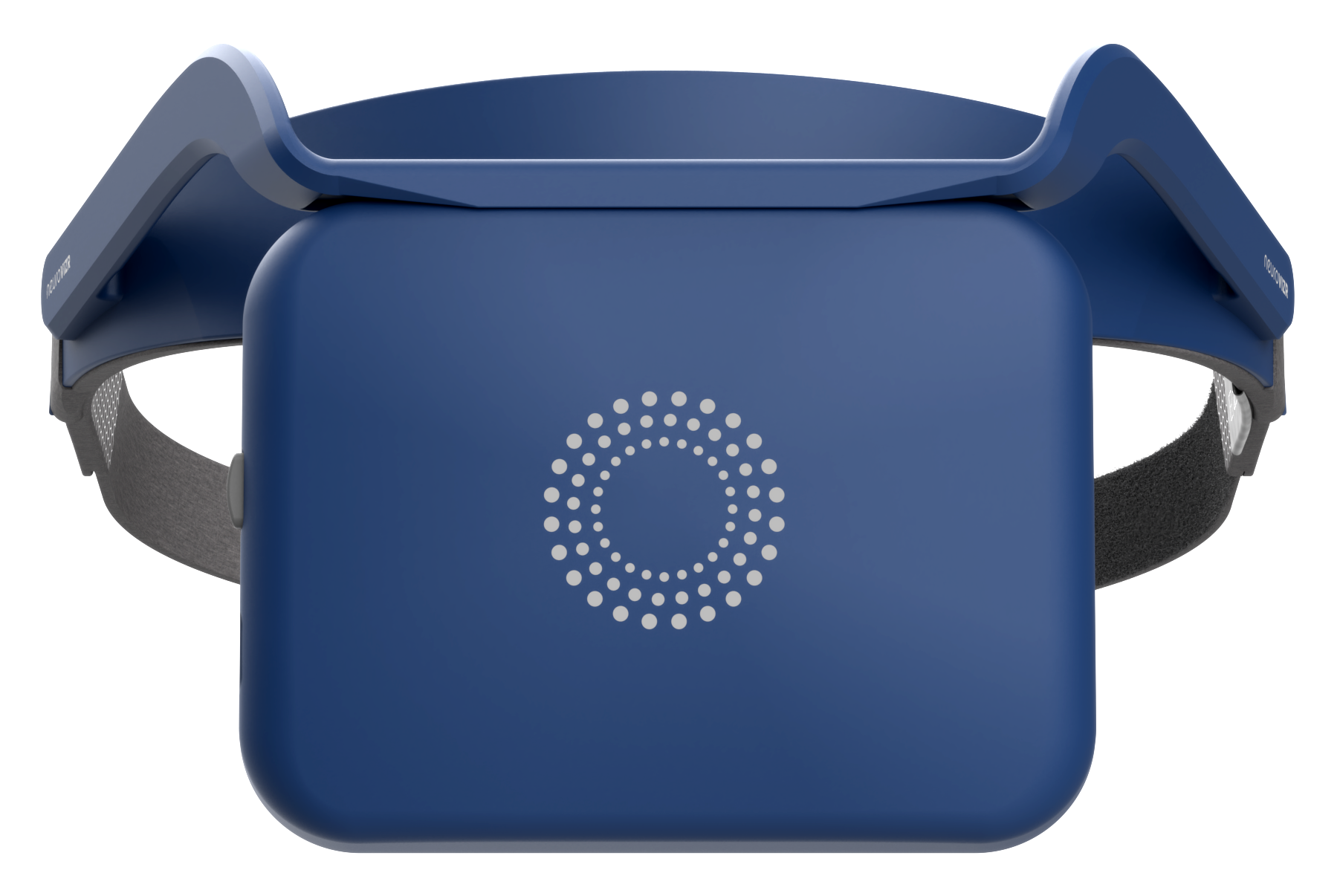
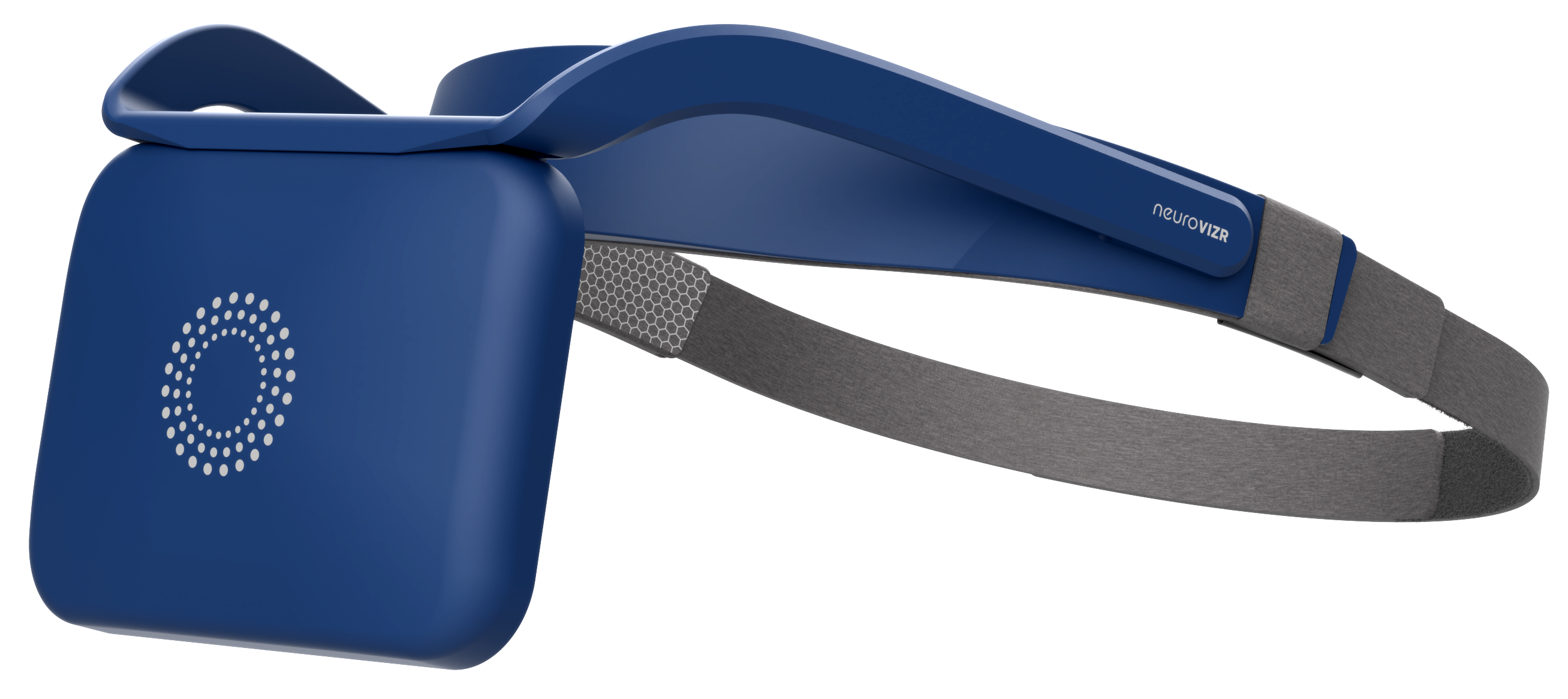
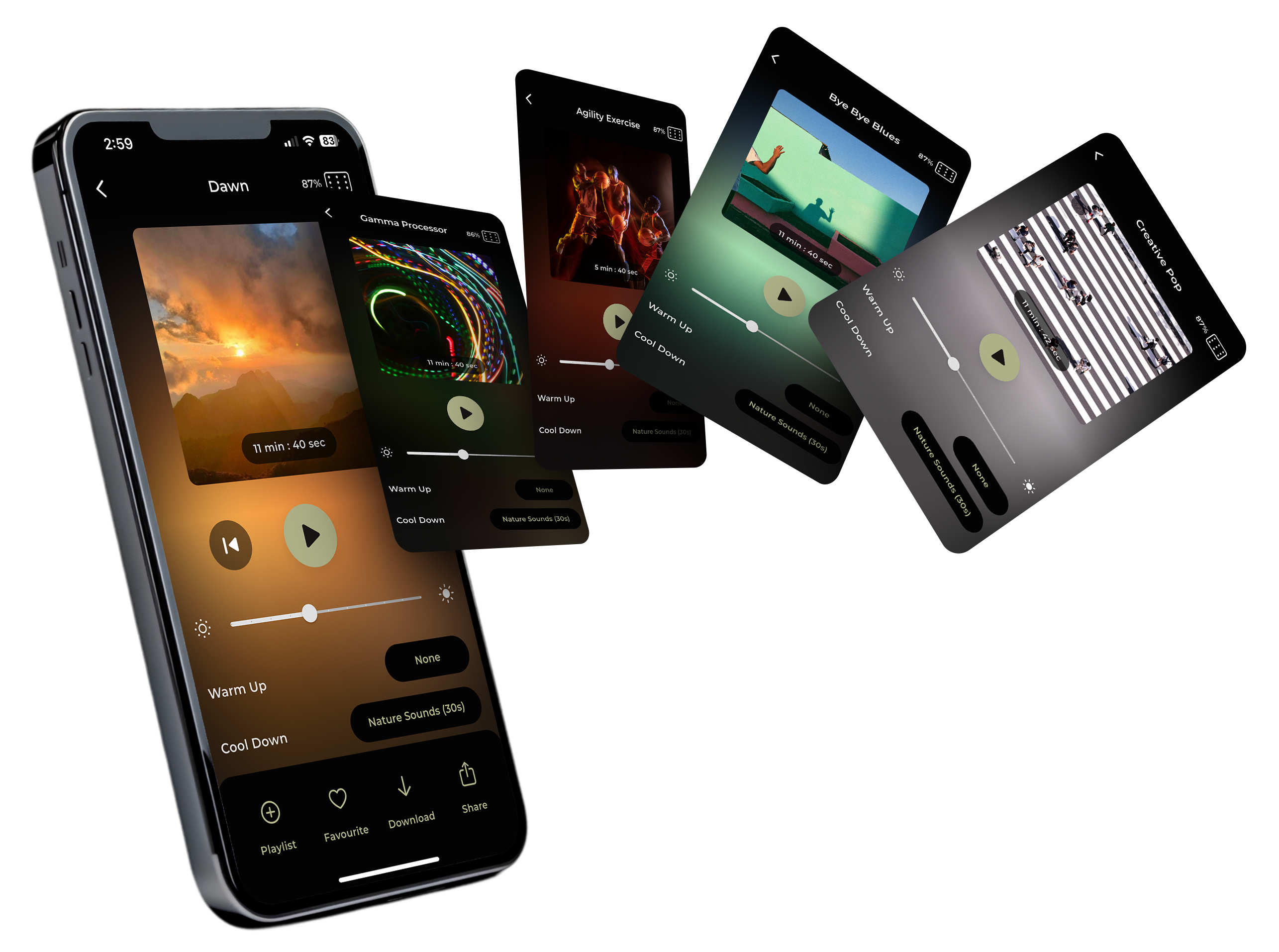
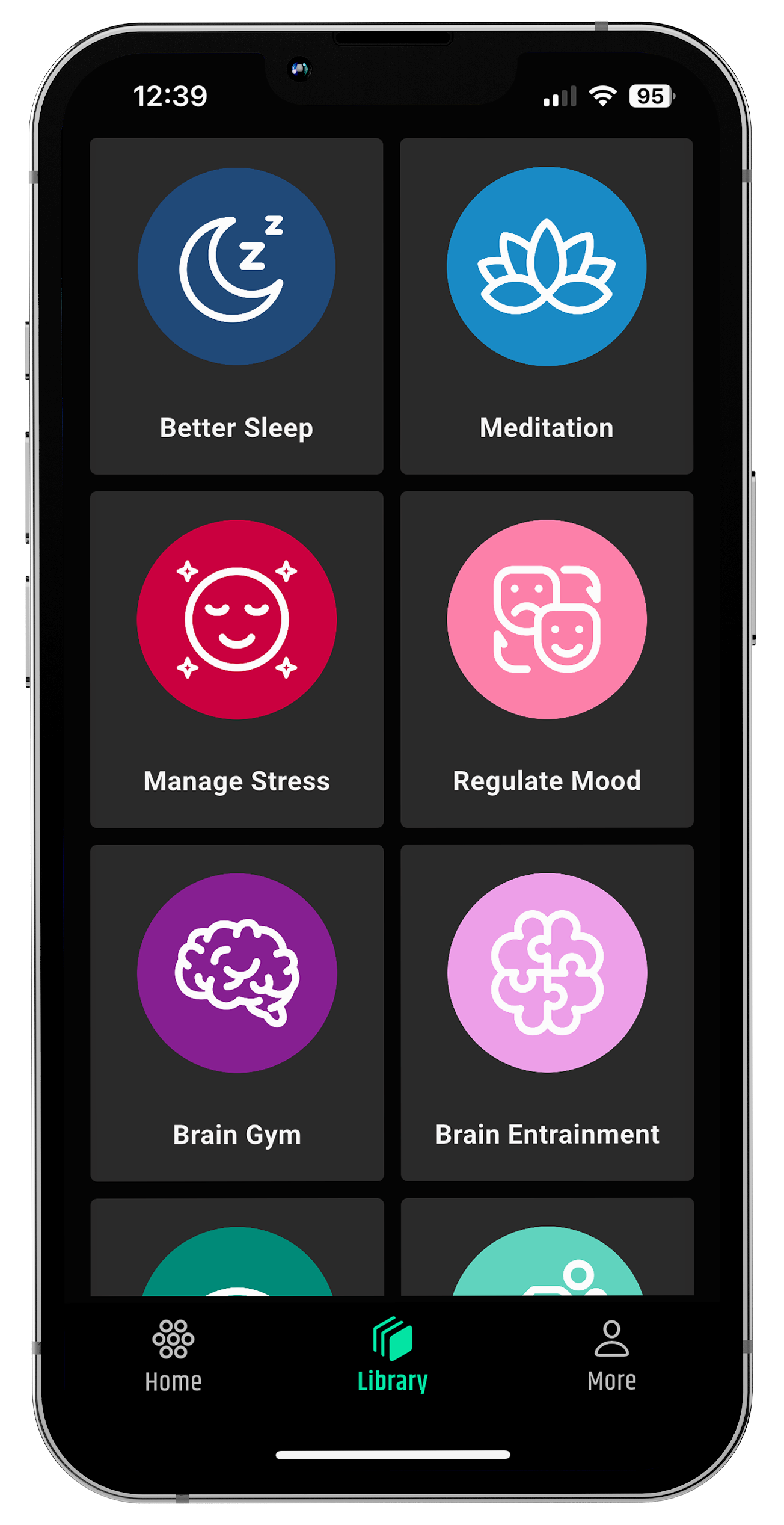

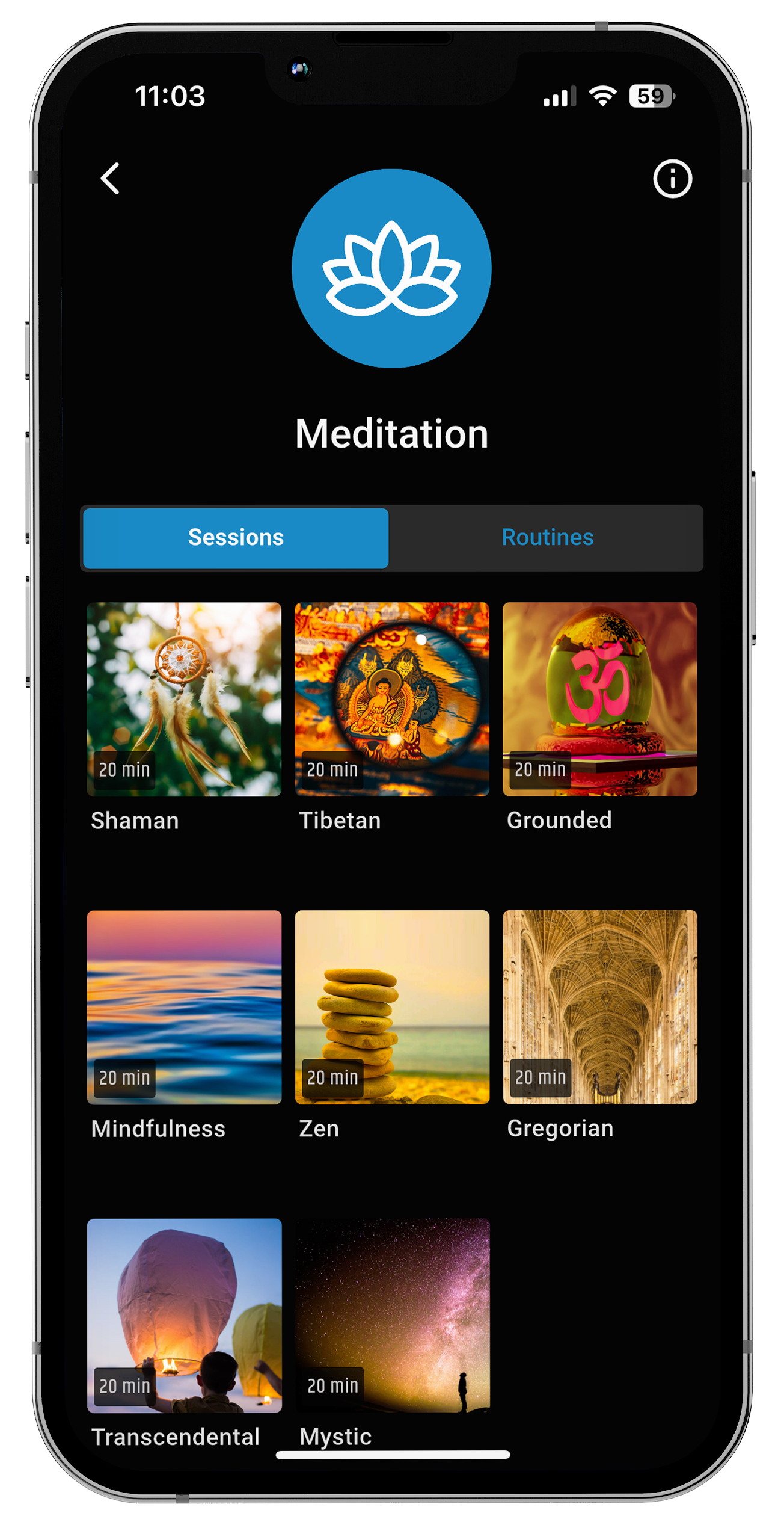
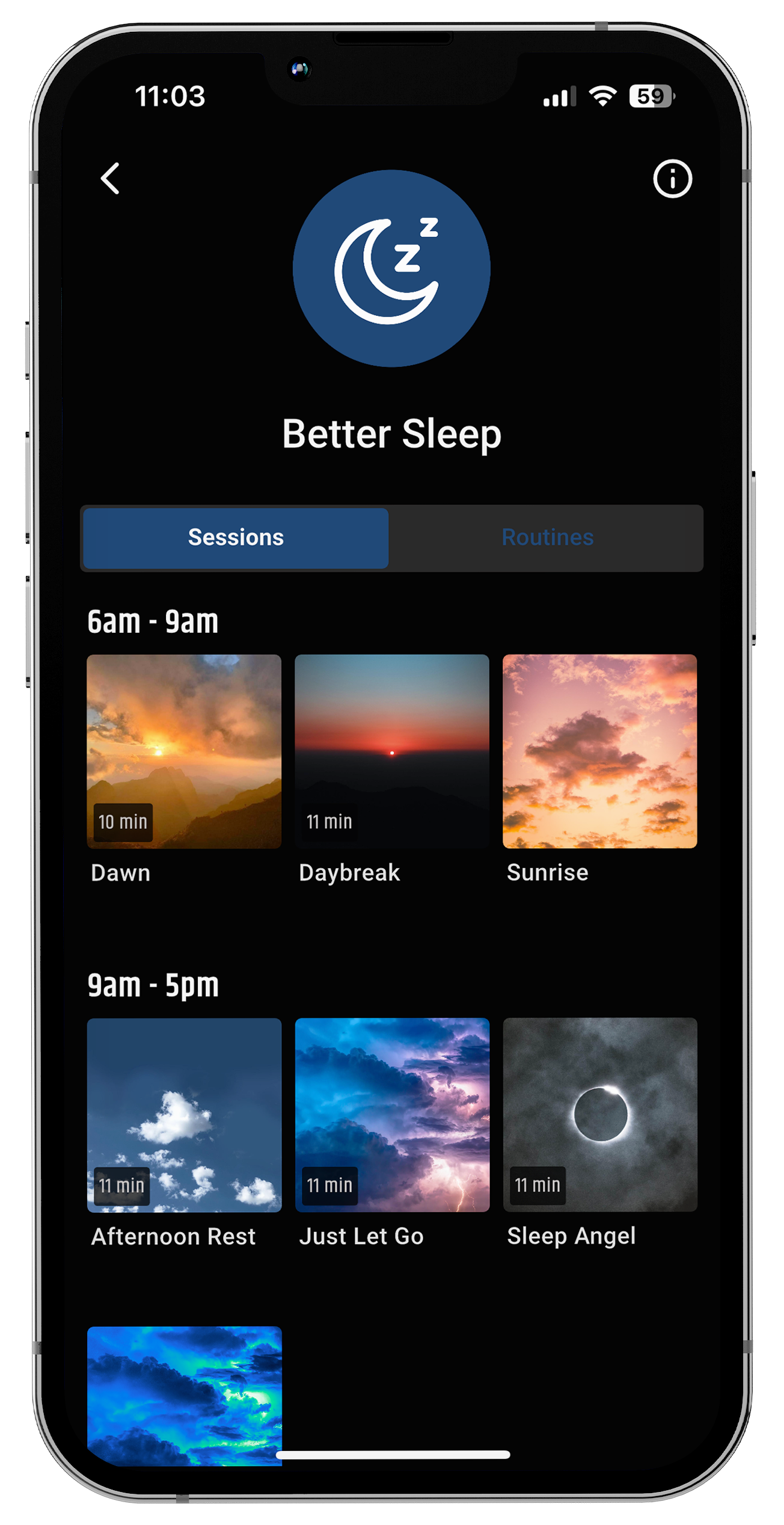

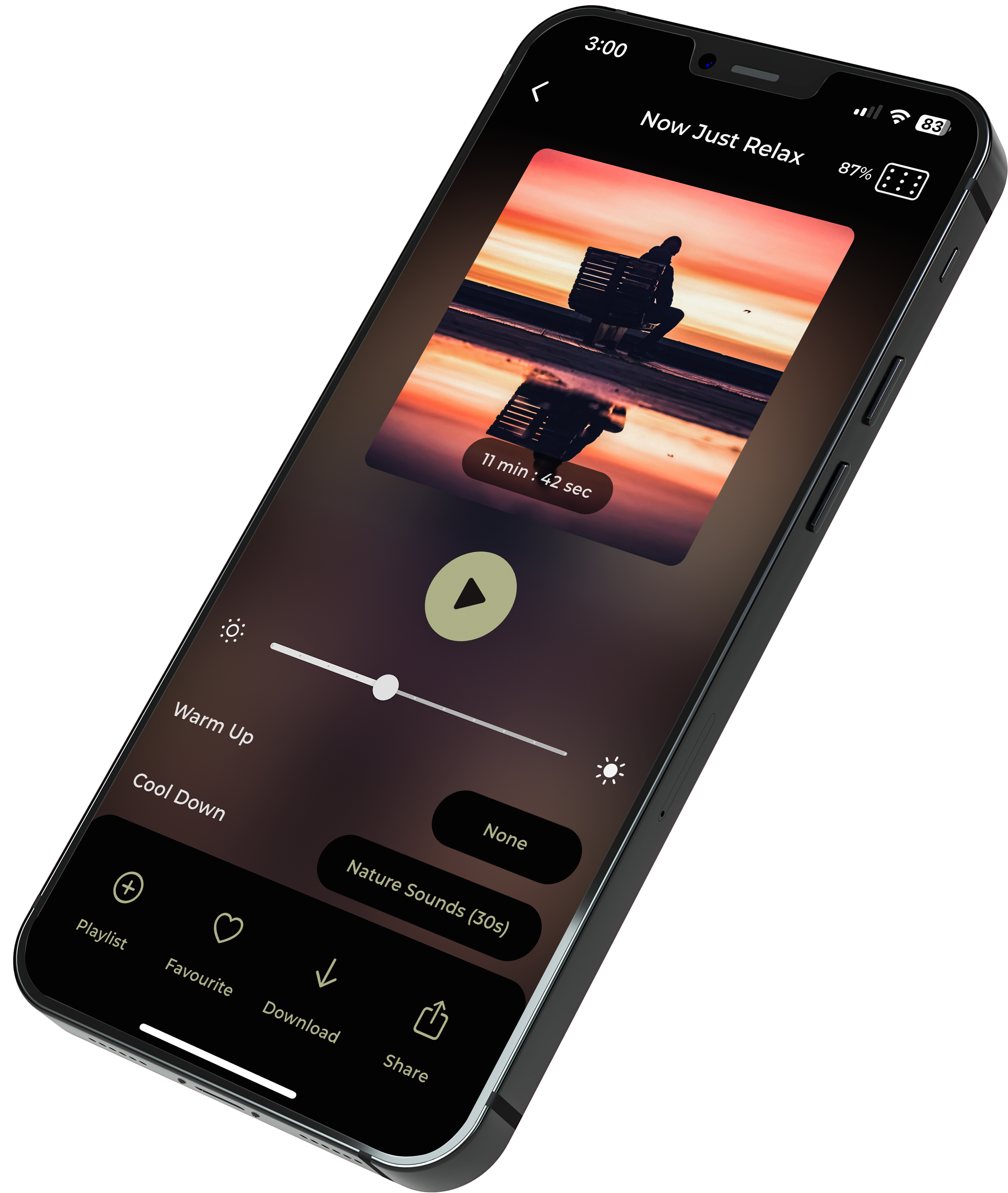


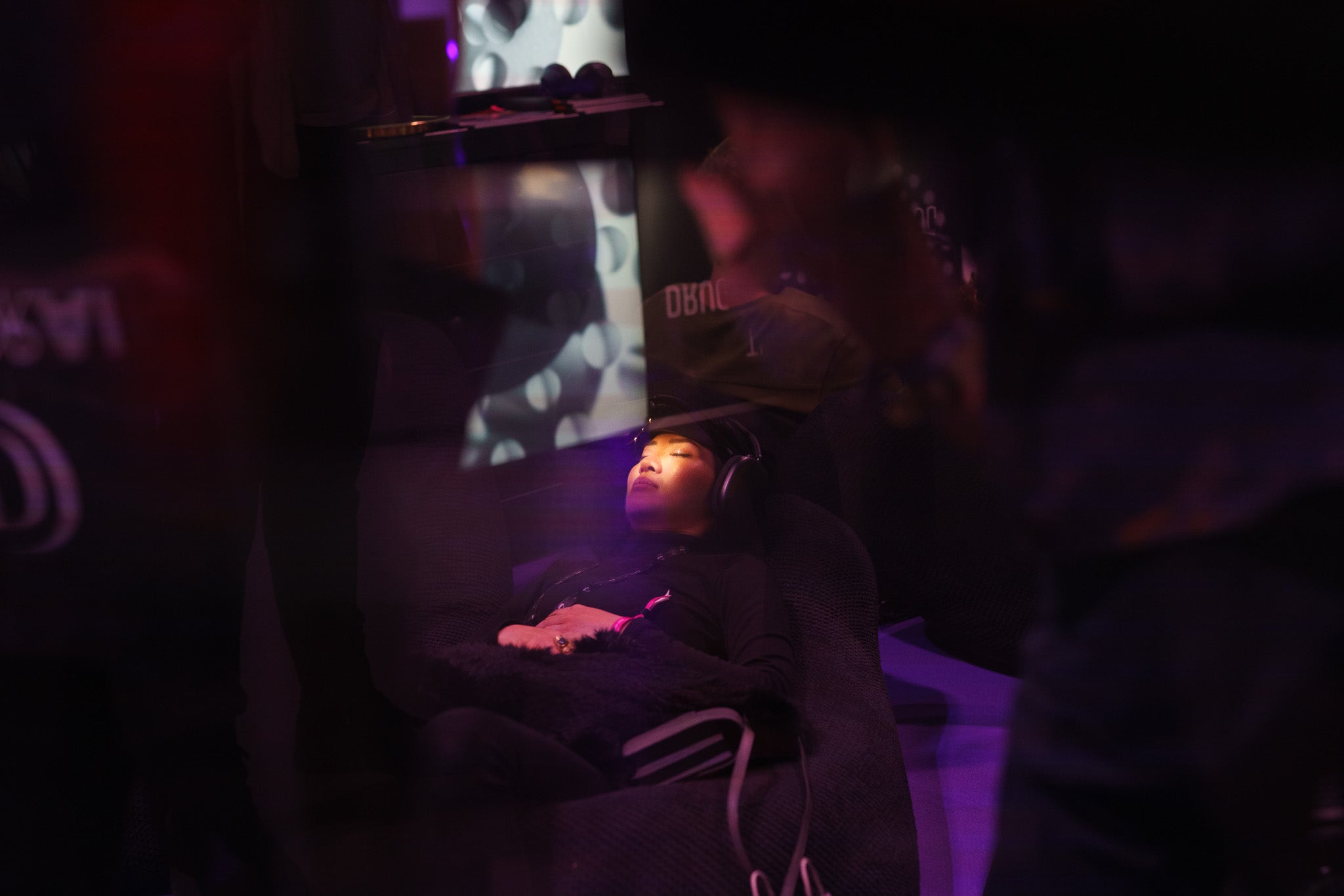




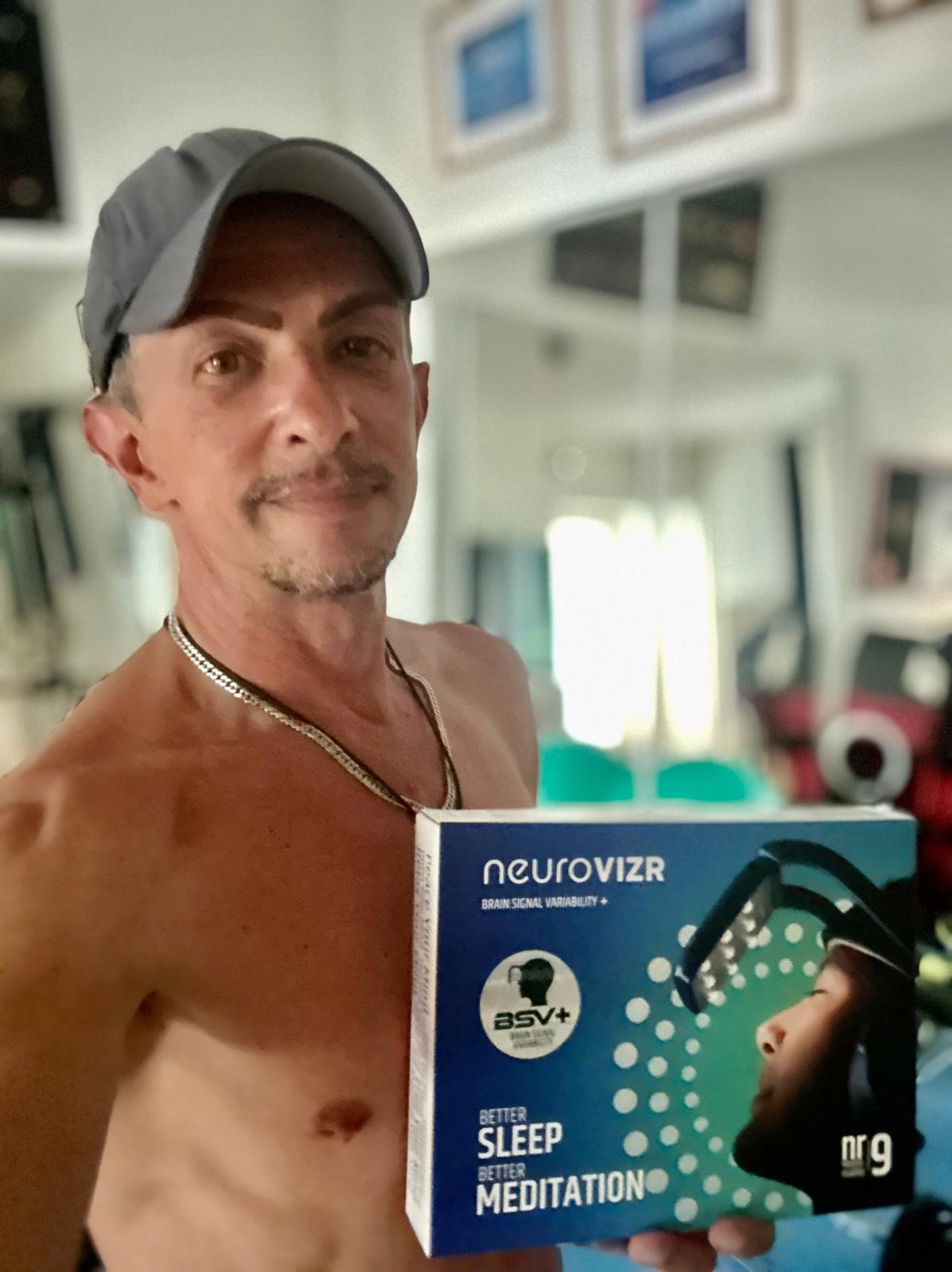
Partager:
Your Brain Is a Prediction Machine - Can Light & Sound Retune It?
Better Nights, Better Days: Pre-Sleep Entrainment with Light & Sound